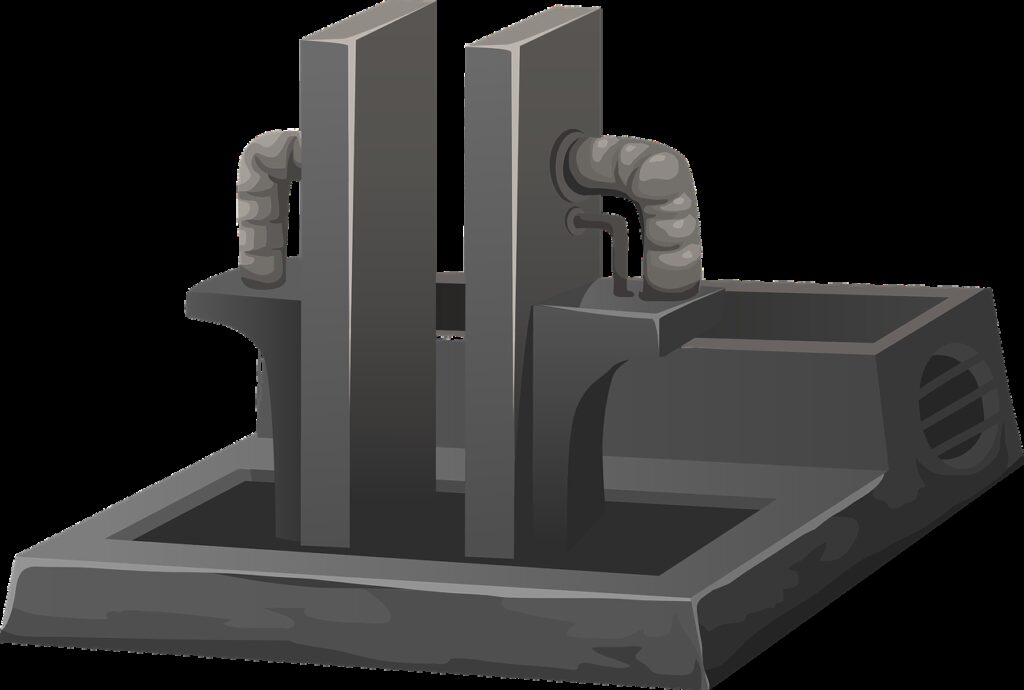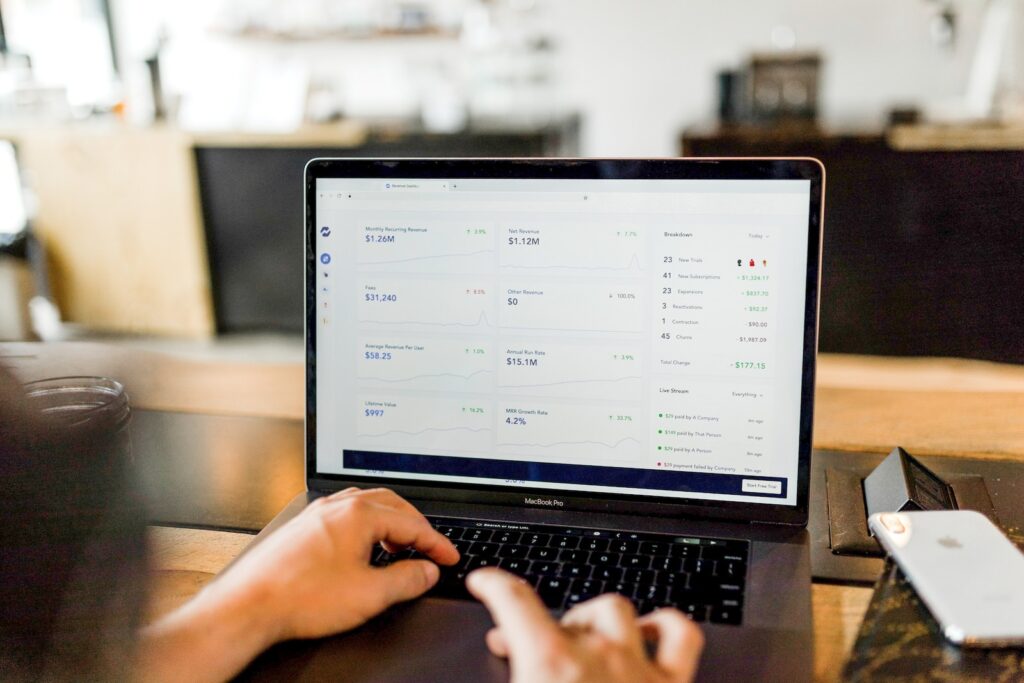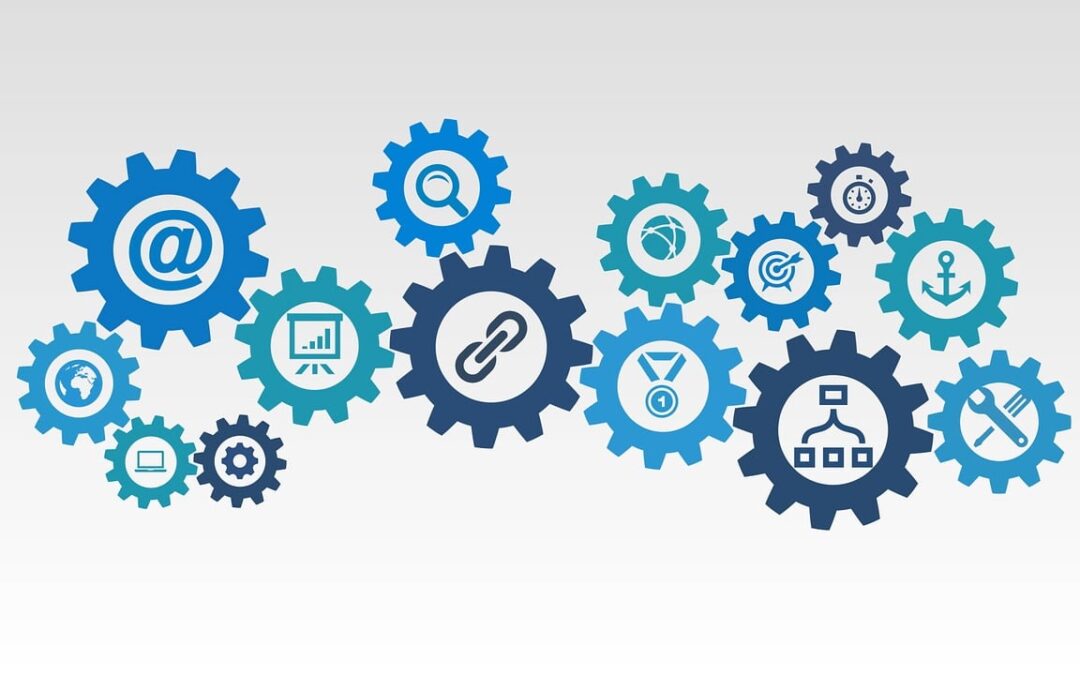In today’s fast-paced digital world, having a speedy website is essential. Users expect websites to load quickly, and search engines like Google consider page speed as a ranking factor.
A faster website not only improves user experience but also results in higher user engagement, retention, and conversion rates. In this blog post, we will explore 12 practical tips to optimize website loading speed and enhance your SEO performance.
12 Effective Tips to Optimize Website Loading Speed for Better SEO Performance
1. Optimize Images:
Large, high-resolution images can significantly slow down your website. Compress and resize your images to reduce their file size. Choose the appropriate file formats (such as JPEG, PNG, or WebP) and use responsive images with the srcset attribute to serve the right size based on the user’s device.

2. Minify and Combine Files:
Minify your CSS, JavaScript, and HTML files to shrink their size and remove unnecessary whitespace, comments, and characters. Combine multiple files into one to minimize the number of HTTP requests, speeding up your website’s load time.
3. Use Browser Caching:
Browser caching stores static resources like images, CSS, and JavaScript files locally on the user’s device. This reduces the need to download the same resources on subsequent visits, leading to a faster browsing experience.
4. Implement a Content Delivery Network (CDN):
A CDN distributes your content across multiple geographically dispersed servers. This reduces the latency between the server and the user, ensuring faster content delivery and improved website performance.

5. Optimize Your Code:
Remove unnecessary or redundant code from your website and follow efficient programming practices. This will result in a more streamlined website that loads quickly.
6. Enable Gzip Compression:
Gzip compression reduces the amount of data that needs to be transferred between your server and the user’s browser. By compressing your website’s files before sending them to the browser, you can significantly speed up your website’s load time.

7. Defer JavaScript:
Using the defer or async attributes on your script tags allows JavaScript files to load after the HTML has been parsed. This prevents render-blocking resources from slowing down your website’s initial load time.
8. Optimize CSS Delivery:
Load critical CSS inline in the head of your HTML document and defer non-critical CSS using the preload or media attribute. This ensures that the most important content is styled and displayed first, improving the perceived performance of your website.
9. Reduce Server Response Time:
Optimize your server configuration, use efficient database queries, and implement caching mechanisms like Varnish or Redis to decrease the time it takes for your server to generate and serve content.
10. Lazy Load Content:
Lazy loading loads content such as images, videos, and iframes only when they are about to enter the viewport. This reduces the initial page load time and saves bandwidth, resulting in a faster browsing experience.
11. Prioritize Above-the-Fold Content:
Structure your HTML to load and display content visible to users first. This ensures that users see the most important information quickly, even if the rest of the page is still loading.

12. Use Performance Monitoring Tools:
Regularly test your website’s speed using tools like Google PageSpeed Insights, GTmetrix, or WebPageTest. These tools can help you identify areas for improvement and track your progress in optimizing your website’s loading speed.
Optimizing website loading speed is an ongoing process that requires continuous monitoring and refinement. By implementing the tips mentioned above, you can significantly improve your website’s performance, enhance user experience, and boost your SEO rankings. Stay proactive in maintaining a fast and efficient website to stay ahead of your competition and provide the best possible experience for your users.

